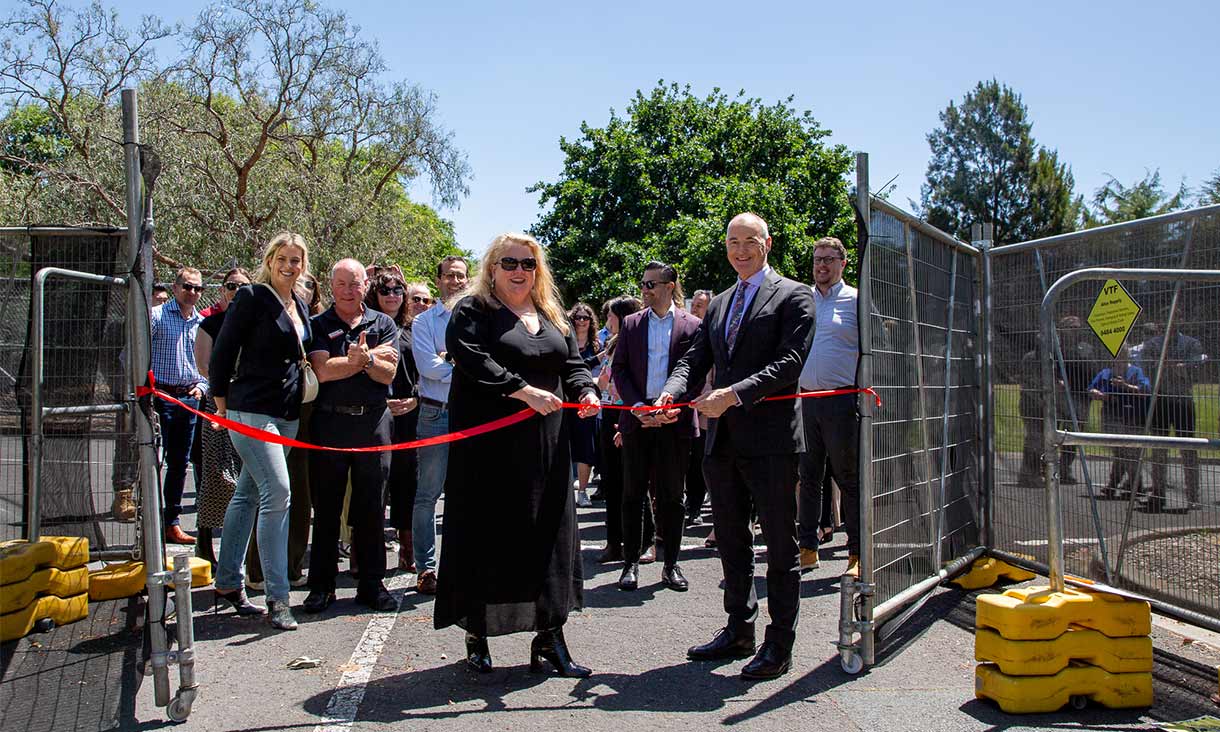RMIT Unveils Cutting-Edge Trades Innovation Centre for Advancements in Skills and Technology
Located at RMIT’s Bundoora East campus, the new Trades Innovation Centre will be a technology-backed facility that supports a training pipeline for northern corridor population growth and infrastructure investment.
Students will benefit from simulations, sector-leading equipment and teaching practices, and programs that integrate job-ready and future-ready industry skills.
It will also provide an opportunity for industry to use the facility to test, learn, trial and demonstrate, and access RMIT’s expertise to solve real-world problems.
By 2025 it is projected that our state will need more than another 4,000 electricians, 2,400 plumbers and 500 refrigeration mechanics.
The Trades Innovation Centre will enable RMIT to contribute to meeting forecasted demand over the next 3–5 years, in line with the Victorian Government Skills Plan and Clean Economy Workforce Skills requirements.
RMIT Deputy Vice-Chancellor Vocational Education and Vice-President, Mish Eastman, explained the importance of investment in trades education.
“Victoria is undergoing a significant transformation, marked by major infrastructure investment, a shift to a clean economy, and evolving occupational requirements,” Eastman said.
“There is a need for hundreds of thousands of additional construction workers in the next five years to meet evolving industry workforce requirements and government initiatives such as the Victorian Big Build.
“In addition to meeting shortages in the workforce, the sector also needs to adopt technology innovation to improve productivity.”
 Vice-Chancellor and President Professor Alec Cameron and Deputy Vice-Chancellor Vocational Education and Vice-President Mish Eastman lead the ribbon-cutting ceremony for RMIT’s new Trades Innovation Centre, Murmuk-nganjin marnang.
Vice-Chancellor and President Professor Alec Cameron and Deputy Vice-Chancellor Vocational Education and Vice-President Mish Eastman lead the ribbon-cutting ceremony for RMIT’s new Trades Innovation Centre, Murmuk-nganjin marnang.About the new centre
After engaging with representatives of the Wurundjeri Woi-wurrung Cultural Heritage Aboriginal Corporation, the new centre has been given an Indigenous name: Murmuk-nganjin marnang [Prounounced: ‘Murr (as in purr)-muck – nan – ginn (as in bin) marr nang], meaning ‘We Work Hands’.
The centre will have a 1,700 square metre footprint that includes a 2.5-metre-deep sand pit, double height ceilings throughout the workshop and a three-storey training rig that simulates a building during construction.
A modular design will allow for multi-use spaces and zones that can expand and contract as needed.
By splitting the centre into ‘trade zones’, students will learn hands-on skills within view of other trades – leading to a deeper understanding of different trades and how they intersect and complement. Students will learn on simulated work sites (frames, sub floors, roof structures), using the latest tools and equipment.
The building itself will be a learning experience, with its inner workings on display (such as exposed sanitary and water tanks) and access to live technology (such as solar panels). Roof access and other outdoor zones will also be available for students.
All this will give students a sense of what it’s like to work on a real construction site, in a safe and supported environment.
Roll-in mobile benches with connection to virtual, augmented and mixed reality programs will allow RMIT students to safely develop skills before engaging in ‘live’ situations, such as welding.
Technology will be integrated not just into what trades students learn, but how. Hybrid and online teaching will be available where learning does not have to be delivered face-to-face. This will improve the flexibility of trades courses, promoting a blended learning experience that maximises the on-campus practical skills building.
Investing in trades along the northern corridor
RMIT have an already successful pipeline for skilled workers and upskilling of existing trades workers, offering plumbing, carpentry, electro technology (electrician), building and construction, and more.
The new Trades Innovation Centre will be built in one of the fastest growing regions of Melbourne, the northern corridor.
With its position at RMIT’s Bundoora East campus, the new facility will also provide a link between students and the opportunities presented by major infrastructure and construction projects in the northern corridor.
The location will also bring together trades education and the existing pre-apprenticeship training at Bundoora East and the Skills and Jobs Centre at Bundoora West.

